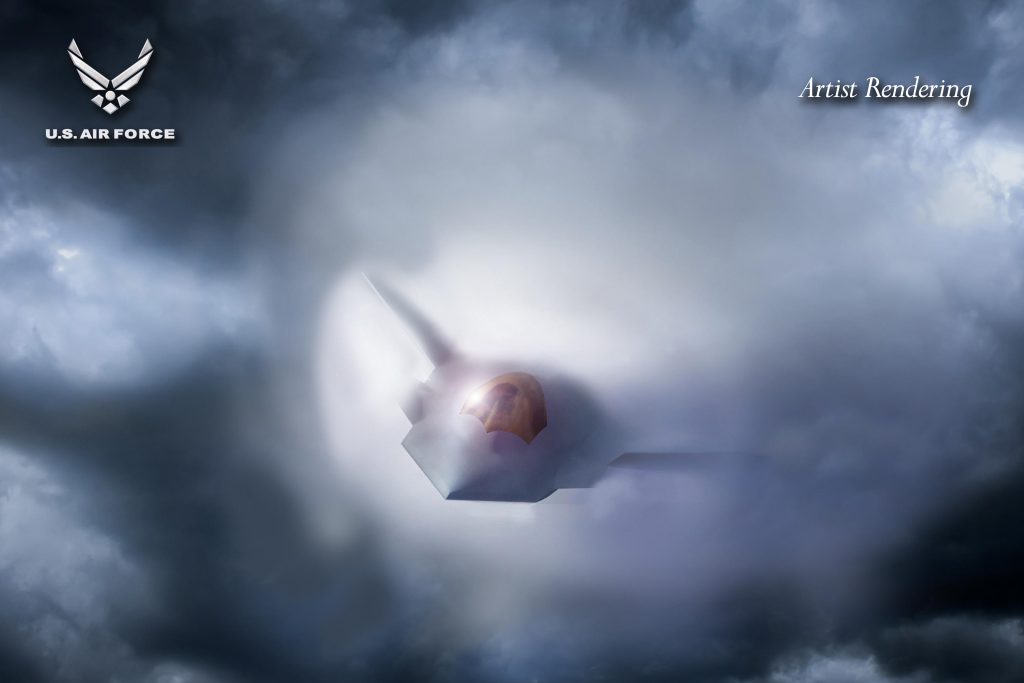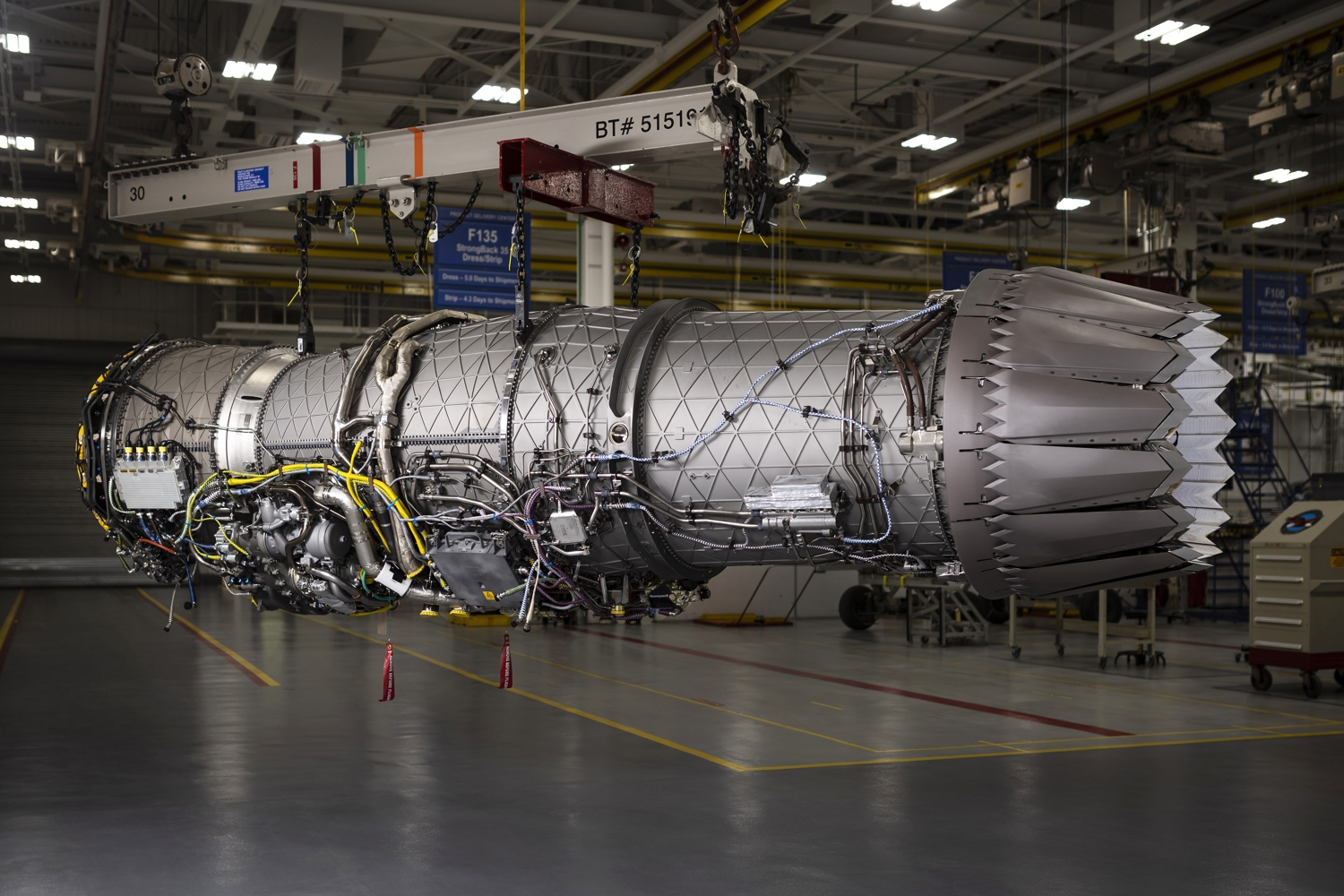Boeing to build F-47 for US NGAD fighter
Boeing Defense has been selected to build the F-47 Next Generation Air Dominance (NGAD) fighter aircraft by the US Air Force (USAF), leveraging the most significant investment the company has ever made in its defense business, according to a 21st March press release.
The contract award funds the engineering and manufacturing development phase, which includes maturing, integrating, and testing all aspects of the F-47, the USAF said via a press release on the 21st March. This phase will produce a small number of test aircraft for evaluation and includes competitively priced options for low-rate initial production.
Working with DARPA, “experimental aircraft have flown hundreds of hours, advancing stealth, range, and autonomous systems while refining operational concepts,” the USAF said.
The selection was announced by President Trump during a media briefing, stating at the time that it would be the “most lethal aircraft ever built,” and that a prototype has been flying for the past five years. The initial contract is estimated to be valued at $20 billion (€18.3 billion), although the total cost of the programme will be much higher.
However, the F-47 is expected to cost less than the F-22 that it will replace, according to US government officials, and include the capacity for rapid updates making it more adaptable to future threats. It will “have significantly longer range, more advanced stealth, be more sustainable, supportable, and have higher availability than our fifth-generation fighters,” Chief of Staff of the Air Force Gen. David Allvin said via a USAF press release.
Notably, some air analysts disagree with this expectation of cost. “NGAD is likely to cost significantly more than even the famously expensive F-22 Raptor…The larger and heavier an aircraft, the more expensive it will generally be to both procure and operate,” Professor Justin Bronk from RUSI wrote in early March, 2025.
Boeing was selected after an independent analysis by the Air Force established that the Boeing offer represented the best overall value to the US government, an official told the Associated Press on 21st March. President Trump has indicated that a fleet of F-47s will be built and in service by the time that his presidency ends – which is January 2029.
The NGAD programme was initiated following a DARPA study in 2014 looking at future air dominance. By 2020 a fully-fledged test bed was conducting flight tests and had “broken a lot of records,” Will Roper, the Air Force’s assistant secretary for acquisition, told attendees at the 2020 virtual Air, Space and Cyber Conference.
In late 2024 images appeared of a Chinese aircraft that analysts have dubbed the J-36, which is assessed to be a stealthy air superiority fighter providing very long range and internal weapons bays. This reflects the potential direction of the NGAD, too.
Tech profile: F-47

This is an artist’s rendering of the F-47. Few images of the platform exist, however, it is likely to be a low observable aircraft and quite large. Credit: USAF
Very little is known about the F-47 except that it will be a manned aircraft designed to work with a fleet of uncrewed Collaborative Combat Aircraft. It is expected to replace the 180 F-22 Raptors that the US currently has in service. It is likely to be a very large aircraft with a range of at least 1,800 km allowing it to operate from US bases that are more easily defended without relying on tanker aircraft to refuel, according to Professor Bronk. It is also likely to have a large internal weapons bay allowing the aircraft to carry very long-range air-to-air weapons. The extreme distances involved in the Indo-Pacific mean that long-range sensor fusion and strike capabilities are significant enablers.
Calibre comment
The F-47 is likely built for the very specific use case that a potential war in the Indo-Pacific represents. While this would not prevent it from performing effectively elsewhere in the world, it does mean that European states might not necessarily need a similar design. The ranges involved in an offensive-counter-air mission in Europe against Russian forces are much lower and there are many air bases to support aircraft closer to the adversary.
In any case, it is very important for the West to be able to achieve air dominance, at least for windows of time. This would help guarantee that land forces can be supported and multi-domain effects brought to bear on opponents. Europe’s lack of munitions is its achilles heel and could lead to negative outcomes during a large-scale war. So, it follows that European states should work to bring as many different weapons as possible to bear in support of its main lines of effort in the event of a war with Russia. All of that is to say that Europe does need an air superiority platform that can outmatch Russia’s Su-57 and Su-35, as well as its long-range air-to-air missiles and ground based air defences.

Sign Up for Updates!
Get insider news, tips, and updates. No spam, just the good stuff!





